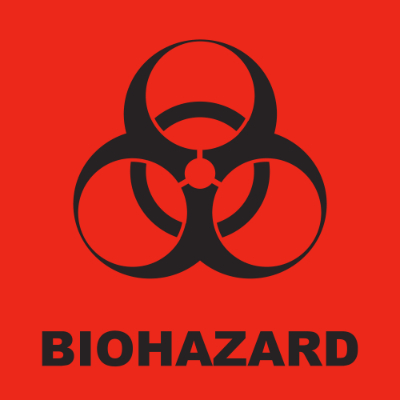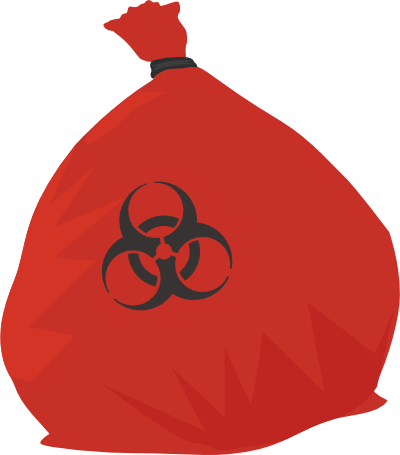Keep the medication preparation area clean. Clean the counter surfaces often and wipe up spills right away. Keep liquid medication bottles clean by wiping up drips and cleaning around the neck of the bottle with a clean, wet cloth. The areas where medications are stored and given should be well organized, with no clutter. The area should be quiet, well-lit, and away from places where people gather. A clean, uncluttered area is more sanitary and more free of germs. It also helps to prevent medication errors.
Cleaning, disinfection, and sterilization are needed for infection control and maintaining a safe environment. Sterilization kills all germs. Disinfection will kill or remove most germs. Cleaning removes contamination.
Reusable medical devices or resident-care equipment that enters the body should be sterilized before each use. Medical devices needing sterilization or disinfection must be thoroughly cleaned to reduce tissue, blood, and body fluids before using germicide. The directions on the germicide should be followed closely. Use the device manufacturer's instructions.
Items that do not ordinarily touch the resident or touch only intact skin are part of disease transmission. They do not need disinfection between uses on different residents. These include crutches, bedboards, blood pressure cuffs, and other medical accessories. Depending on the particular equipment or item, washing with a detergent or using a low-level disinfectant may be sufficient when removing contamination is needed. If non-critical items are grossly soiled with blood or other body fluids, a higher level of disinfection is needed.
Remove visible tissue, blood, and body fluids by cleaning them. Clean medical devices as soon as practical after use because contamination becomes dried onto the instruments. Dried contamination makes removal more difficult. The disinfection or sterilization process does not work when an object is not clean. Ensure that the rinse step is adequate to remove the disinfectant. Discard or repair equipment that no longer works as intended or cannot be thoroughly cleaned, disinfected, or sterilized.
Cleaning and disinfecting environmental surfaces and resident rooms have been shown to decrease the incidence of hospital-acquired infections and reduce environmental contamination with possibly dangerous germs. Clean housekeeping surfaces (e.g., floors, tabletops) regularly when spills occur and when these surfaces are visibly soiled. Disinfect or clean environmental surfaces regularly (e.g., daily, three times per week) and when surfaces are visibly soiled.









